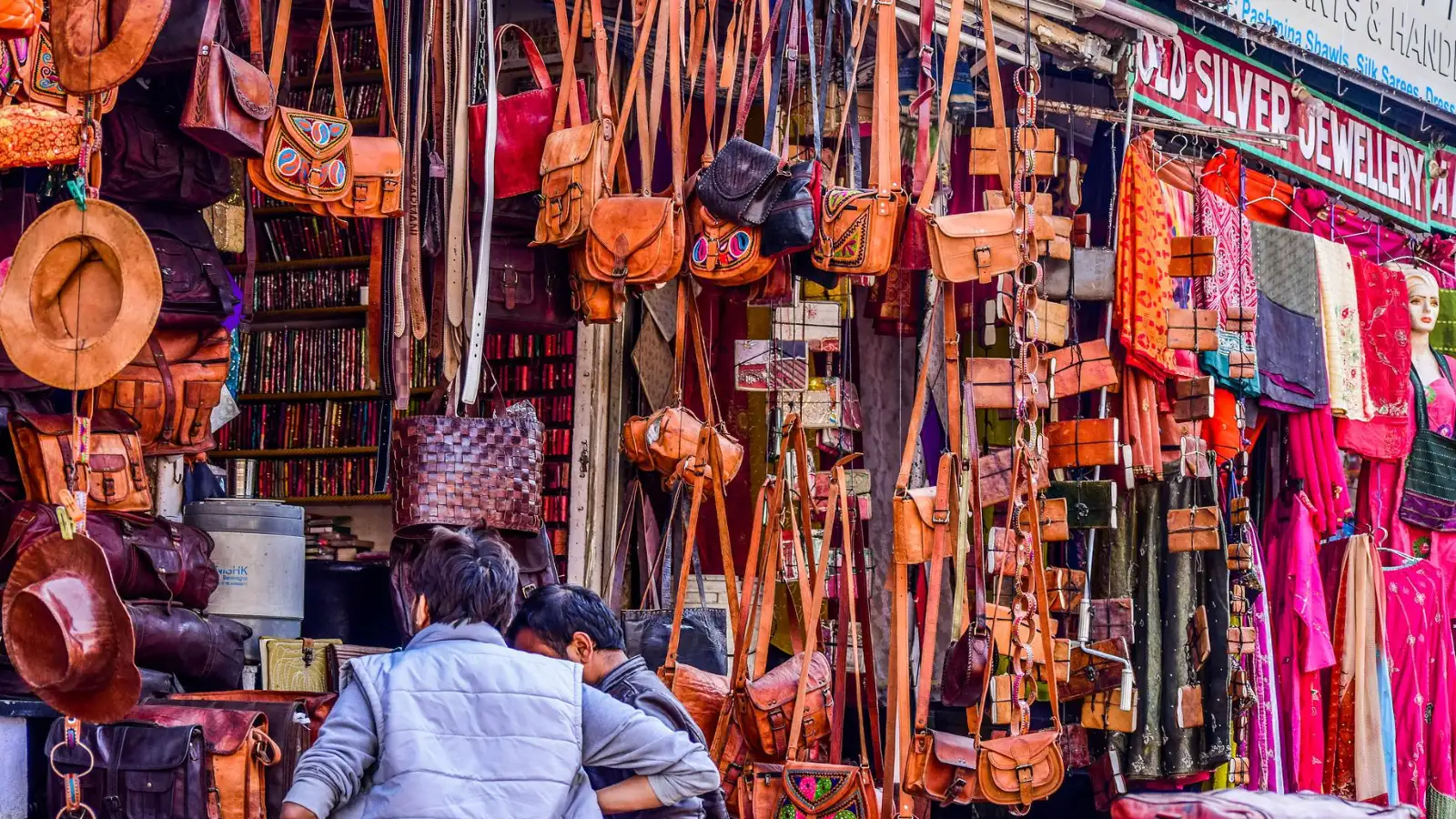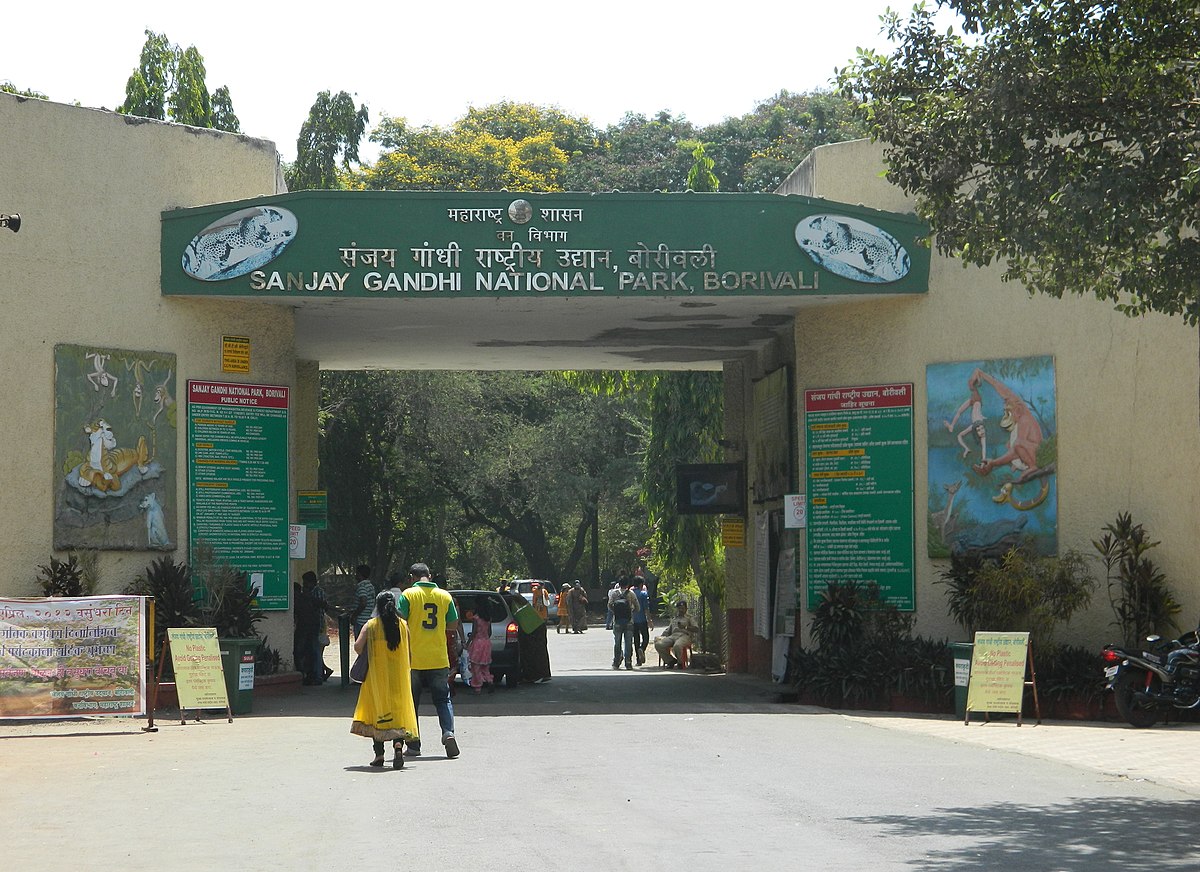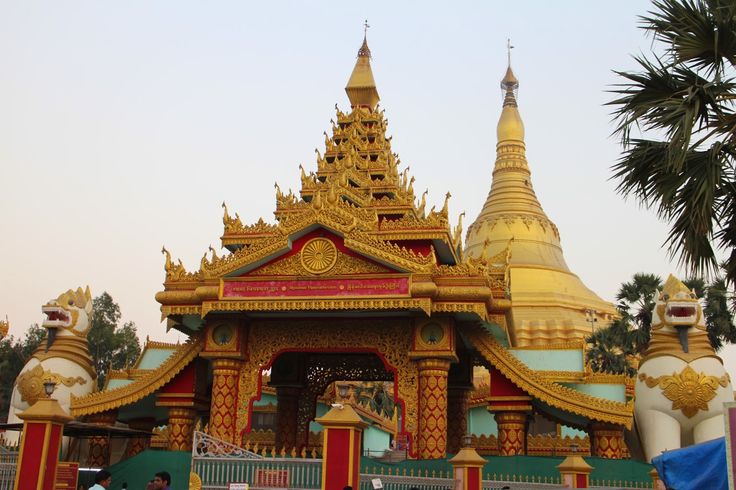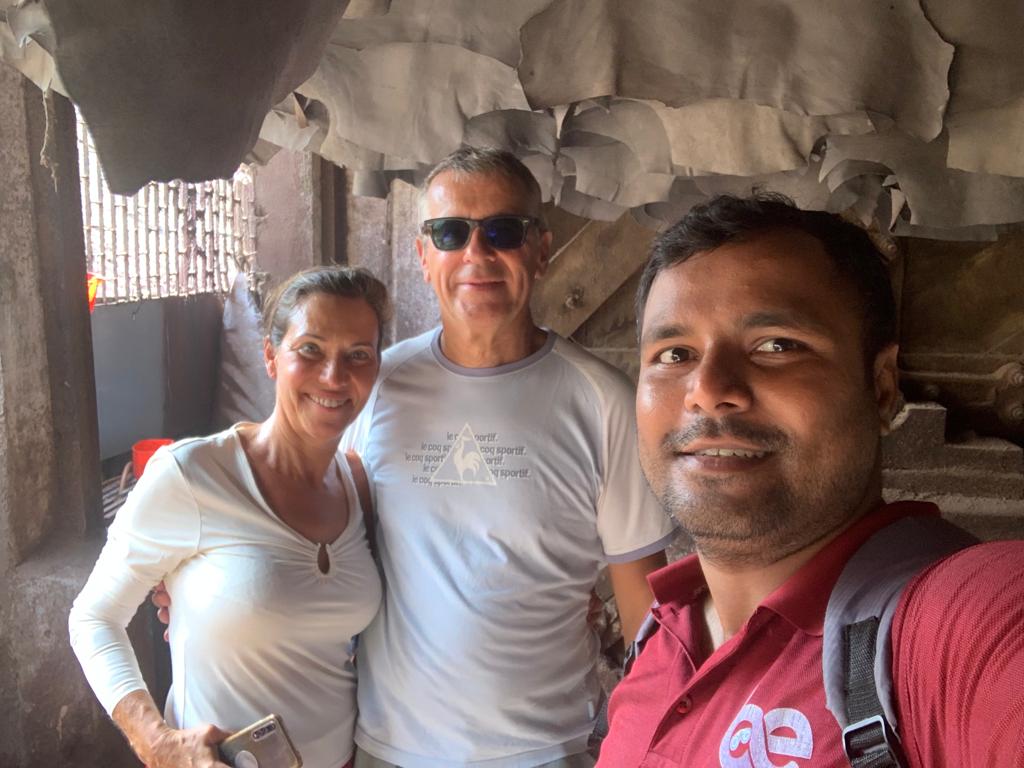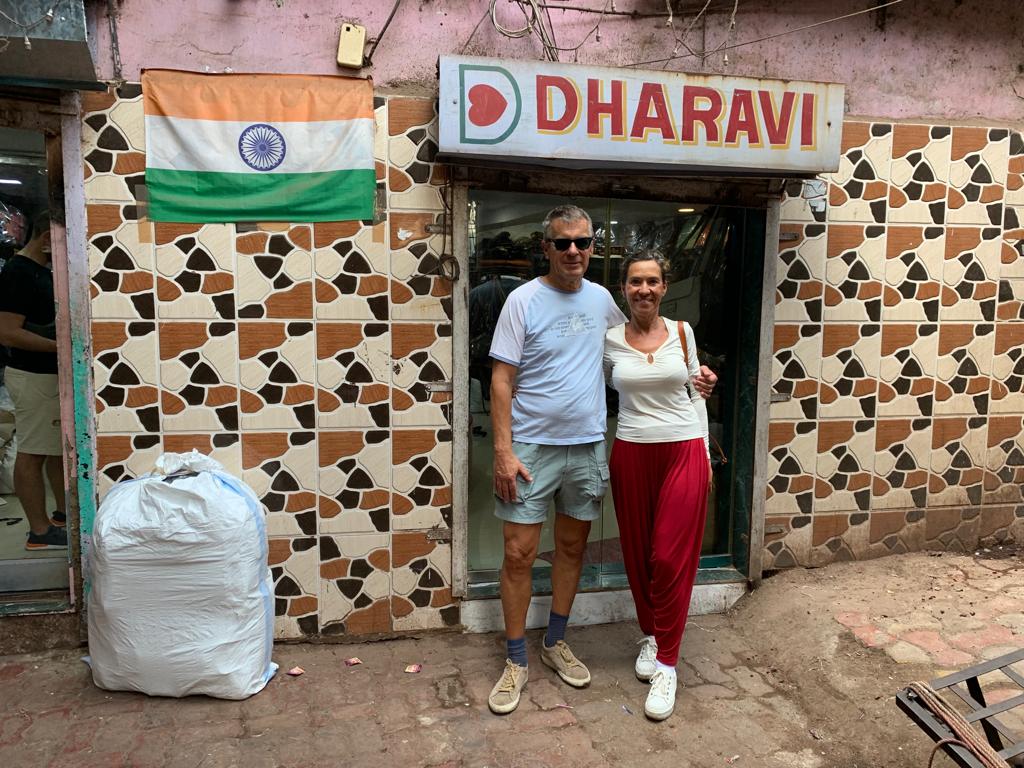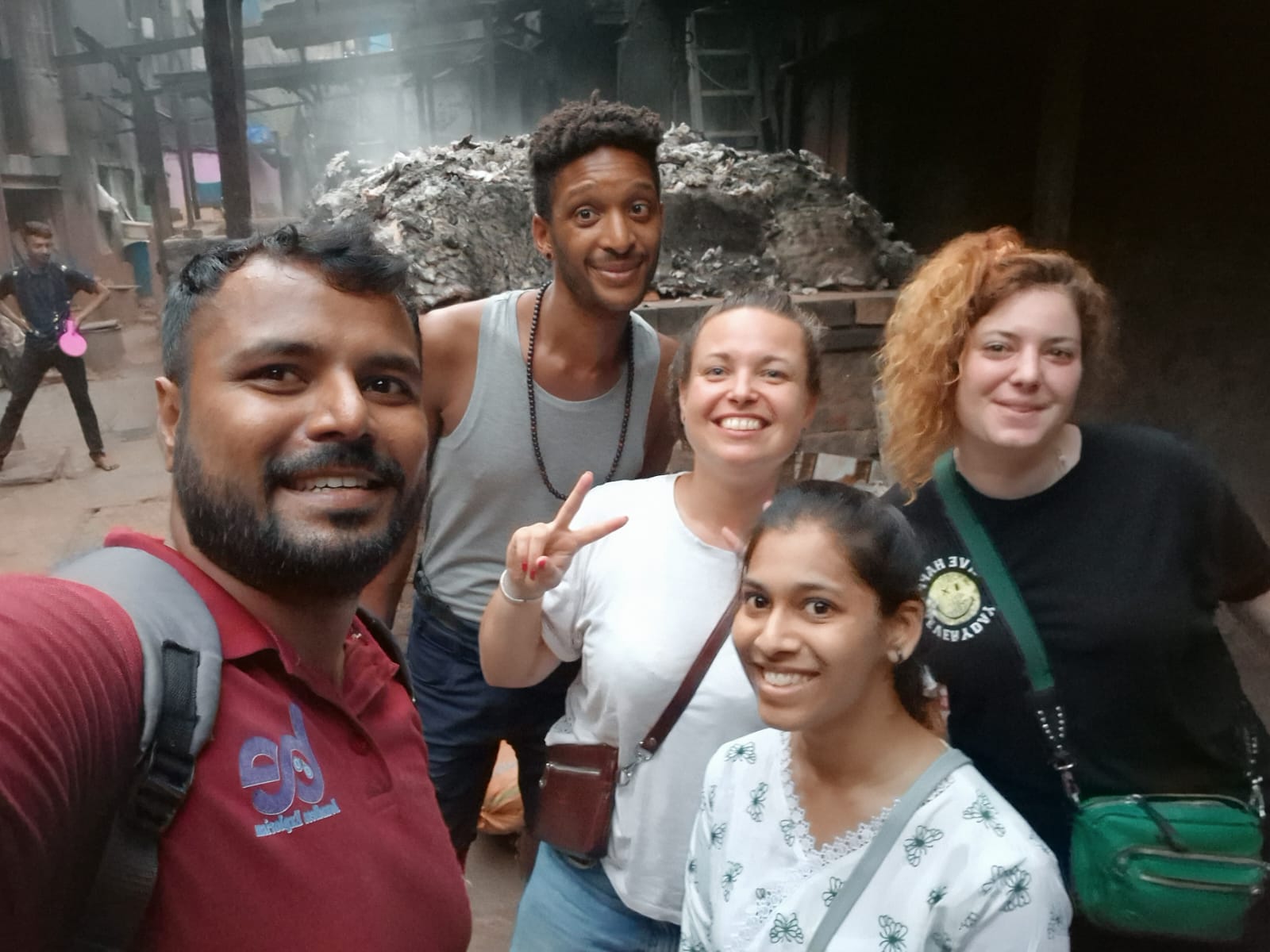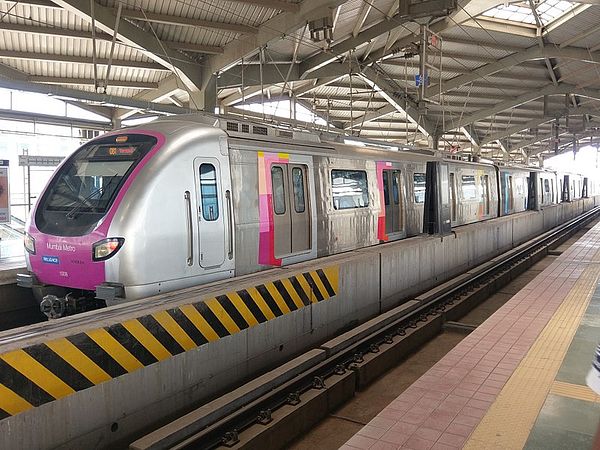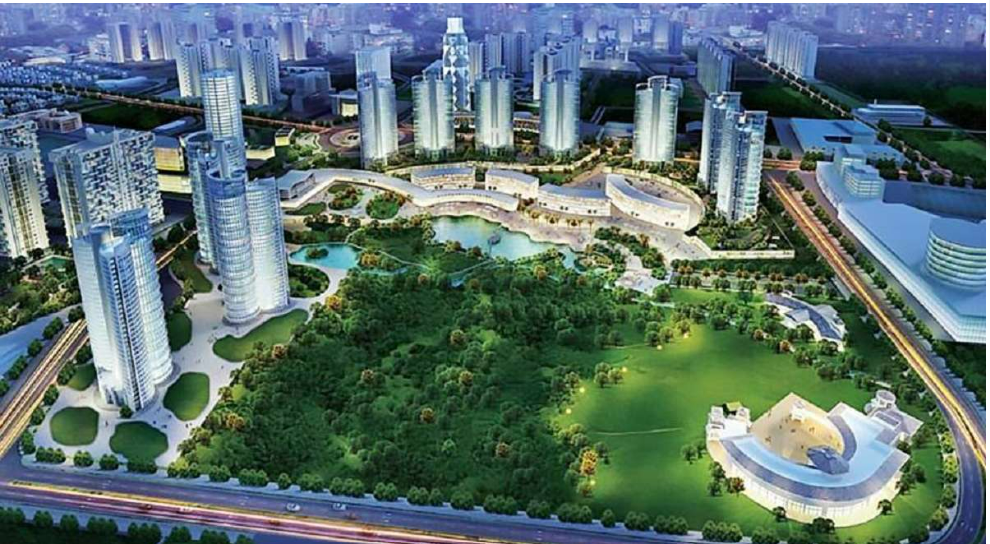Nestled amidst the towering skyscrapers and the vibrant, chaotic streets of Mumbai, this bustling metropolis encapsulates a rich tapestry of cultures, traditions, and a fast-paced lifestyle. Within this lively setting, a unique experience awaits, showcasing the essence of Mumbai’s spirit – the Dabbawalas.
The Dabbawalas of Mumbai have become synonymous with efficiency, precision, and a dedication to their craft that is unparalleled. Originating from the Marathi words “dabba” (box) and “wala” (one who carries), Dabbawalas are a network of lunchbox deliverymen who transport home-cooked meals from the residences of workers to their offices. This age-old system, which has been in operation for over a century, stands as a testament to Mumbai’s commitment to tradition in the face of modernization.
Embarking on a Mumbai sightseeing tour provides a unique opportunity to witness this fascinating phenomenon up close. The Dabbawalas operate with a clockwork precision that has earned them global acclaim. Each day, they collect thousands of lunchboxes from homes across the city, utilizing various modes of transportation, including trains, bicycles, and on foot. The lunchboxes are then sorted and delivered to the respective offices with an astonishingly low error rate.
Visitors on a Mumbai tour are often captivated by the Dabbawalas’ dedication and teamwork. The process is not mechanized or aided by advanced technology; instead, it relies on the meticulous organization and communication skills of the Dabbawalas. The unmistakable sea of white-capped carriers navigating through the bustling streets is a sight to behold, symbolizing the harmonious blend of tradition and modernity in the city.
One of the best ways to experience the Dabbawalas in action is by taking a guided Mumbai sightseeing tour that includes a visit to the bustling Dabbawala hub. Here, tourists can witness the meticulous sorting process and gain insights into the intricate coding system used by the Dabbawalas to ensure accurate deliveries. The Dabbawalas’ unwavering commitment to their work and the sense of community among them make for a truly enriching experience.
As part of the Mumbai tour, visitors can also explore the diverse neighborhoods and landmarks that define the city. From the historic Gateway of India to the vibrant markets of Colaba and the eclectic architecture of Chhatrapati Shivaji Maharaj Terminus, Mumbai offers a kaleidoscope of experiences. The contrast between the serene Elephanta Caves and the lively street food scenes at Juhu Beach showcases the city’s multifaceted character.
In addition to the Dabbawalas, a Mumbai tour allows visitors to delve into the city’s rich culinary landscape. Sampling local street food like vada pav, pav bhaji, and bhel puri is a must for food enthusiasts. The city’s diverse cuisine reflects its multicultural population, offering a gastronomic journey through the flavors of India.
In conclusion, a Mumbai sightseeing tour that includes an encounter with the iconic Dabbawalas is an immersive experience that provides a glimpse into the heartbeat of the city. The juxtaposition of tradition and modernity, coupled with the bustling energy of Mumbai, makes for an unforgettable adventure. Whether exploring historical landmarks or savoring the local cuisine, Mumbai offers a unique blend of cultural richness and urban dynamism that continues to captivate visitors from around the world.
